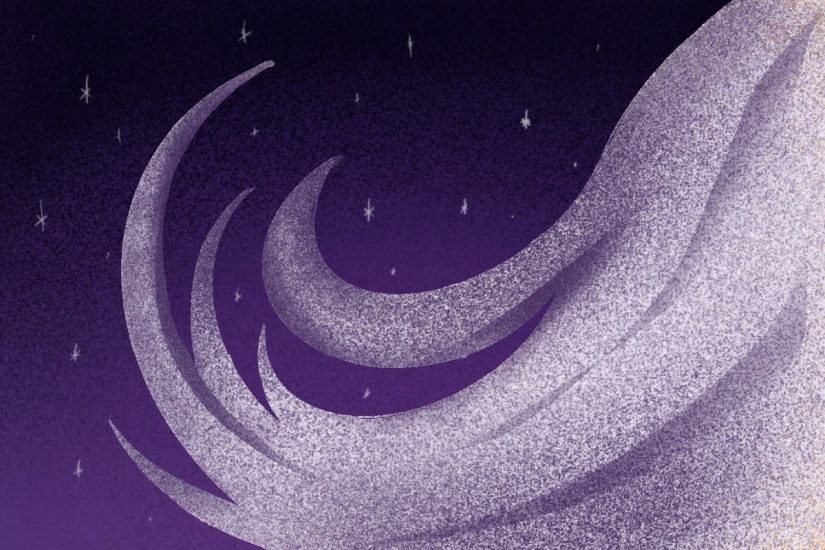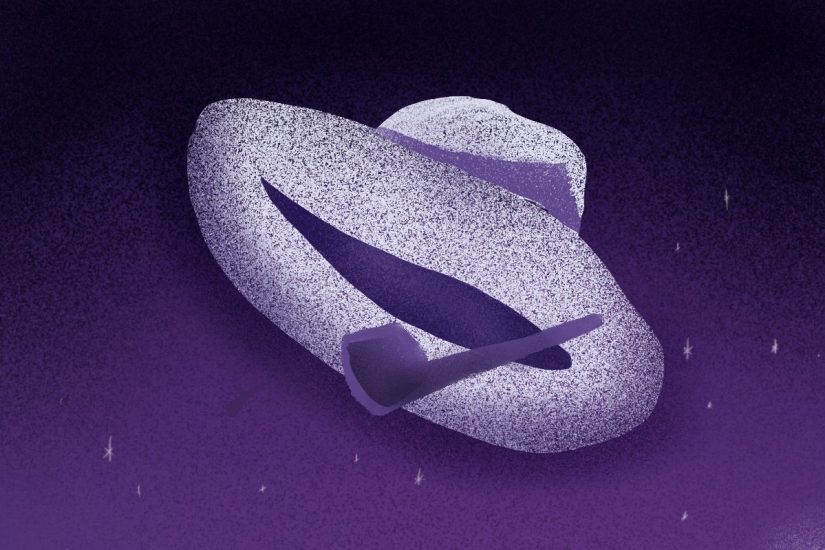Fairy tale syndromes: 7 real "fictitious" diseases
Categories: Health and Medicine | Healthy lifestyle | Science | Society | World
By Vika https://pictolic.com/article/fairy-tale-syndromes-7-real-fictitious-diseases.htmlDoctors know hundreds if not thousands of diseases. Some are called very "medical", while others have truly fabulous names. However, behind these names most often lies not romance or a fascinating story, but a serious diagnosis and a disease that requires treatment.
6 PHOTOS

1. Alice in Wonderland Syndrome
The name sounds magical, but we are talking about a psycho sensory disorder, which is also known as Todd's syndrome, as well as depersonalization and derealization syndrome.
The disease leads to the fact that it seems to a person that his body does not belong to him, he experiences hallucinations and loses orientation in space. Patients are faced with metamorphopsia - a distorted perception of objects, their own bodies, and everything that surrounds them. Some objects seem too large, others seem very small (doctors call these phenomena macro- and micropsia, respectively).
Everything that Carroll described in his fairy tale about Alice, the sick feeling themselves - they can feel like giants at one time and seem microscopic to themselves at another.
The feeling of derealization often occurs against the background of migraines, epileptic seizures, mononucleosis, brain tumors, and the use of narcotic substances.

2. Rapunzel Syndrome
Beautiful Rapunzel with incredibly long hair is also mentioned in the list of serious diseases. Doctors described the Rapunzel syndrome, in the manifestations of which, however, there is nothing romantic.
Patients suffering from this syndrome tend to eat their own hair. They do this often and sometimes for many years - as a result, huge clumps of hair (trichobezoars) are formed in their stomach, the weight of which can reach several kilograms.
Trichobezoars can disrupt the digestion process and often clog the lumen of the stomach - in this case, surgery is required to remove the lump and restore normal digestion of food.
Trichophagia often develops against the background of anxiety, and stress, which requires psychological help to get rid of.

3. Peter Pan Syndrome
This syndrome is not considered a disease, but rather characterizes a certain type of personality that people who do not want to grow up have. Psychologists have paid attention to this phenomenon for a long time, but the name associated with the main character of a fairy tale story appeared only in 1983.
People suffering from this syndrome are often infantile, not ready to make their own decisions and take responsibility for them, in addition, they blame their relatives and friends for all their failures. Often they dream of something unrealizable, without doing anything to achieve the goal, often it is “dreams of high” that become an excuse for them, because of which they get a job.
Their traits also include narcissism and manipulative tendencies.
Statistics show that men experience Peter Pan syndrome more often than women. For the latter, Wendy's syndrome, named after the heroine of the same fairy tale, is more characteristic. Women with this syndrome are overprotective of their partners, preventing them from making their own decisions.

4. Huckleberry Finn Syndrome
The name of the rebel Huckleberry Finn is the name of a complex of psychodynamic symptoms, which often first manifests itself in adolescence. Rebellion, disobedience, refusal to learn, deception - parents and others often attribute this to adolescence, but with age, the symptoms do not disappear anywhere, and behavior does not change significantly.
Adults continue to constantly change jobs, play truant, and avoid responsibility and decision-making. It is believed that the roots of the problem lie in low self-esteem, problems with parents in childhood, as well as depression.

5. Sleeping beauty syndrome
Once again, the fairy tale romance is shattered by the harsh reality. Sleeping Beauty Syndrome is a severe sleep disorder in which patients literally "hibernate". The disease also has a formal medical name - Kleine-Levin syndrome.
The disease mainly occurs in adults, although it can affect children of all ages. Shortly before the attack, the patient begins to experience drowsiness, lethargy, and lack of strength. He sleeps for the almost whole day, waking up only to eat or go to the toilet. Any attempts to wake up or prevent sleep are perceived as aggression. Episodes of severe drowsiness can last for weeks or even months.
In medicine, cases of spontaneous remission of the disease have been recorded, but in most cases, psychostimulants are prescribed to patients.

6. Munchausen syndrome
This syndrome is diagnosed in patients who tend to attribute to themselves non-existent diseases and symptoms. Factitious disorder forces people to take medication for illnesses they do not suffer from, and in some cases even decide to undergo surgeries that they do not need.
To justify the need for medicines and surgical interventions, one has to resort to forgery and deceit.
A separate form of the disease is delegated Munchausen's syndrome, from which children most often suffer, whose mothers treat them from infancy for fictitious serious diseases.
One famous case of delegated Munchausen syndrome was the story of Dee Dee Blanchard, who invented her own daughter's illnesses. Growing up Gypsy Rose organized the murder of her own mother, deciding that this was her real chance to find freedom. The court gave her a 10-year prison term.

7. Mad Hatter Syndrome
Despite the fact that the name is strongly associated with another Carroll hero, it arose before the stories about Alice were published.
The thing is condition, which received such a name, occurs with mercury intoxication, which people involved in the production of hats often encountered.
In the 19th century, mercury was heavily used in the production of felt, and therefore workers who made hats were constantly exposed to this toxic substance. Mercury accumulated in their bodies, gradually poisoning them: the workers experienced tremors, severe weakness, anxiety, hallucinations, and problems with coordination.
Keywords: Doctors | Fairy tale syndromes | Famous syndromes | Psychology | Diagnosis | Disease | Treatment
Post News ArticleRecent articles

Most of us think that the color of the eggshell does not play any role and it is possible not to pay attention. But it's not and ...

The more we rely on technology, the more potential power hackers gain over us. It doesn't matter if their goal is to help or cause ...
Related articles

We all know that allergies can be cats, dogs, chocolate, citrus fruits and pollen. But things that can cause a dangerous reaction, ...

Relatively recently, the world began to learn about gender diversity. Started talking about a lot of things that have never been ...

Because of the coronavirus pandemic, many of us feel tired and irritated. And if fatigue occurs due to stress and lack of sleep, ...

Creating a good portrait is one of the most difficult tasks for any photographer. In order to make a really natural and memorable ...